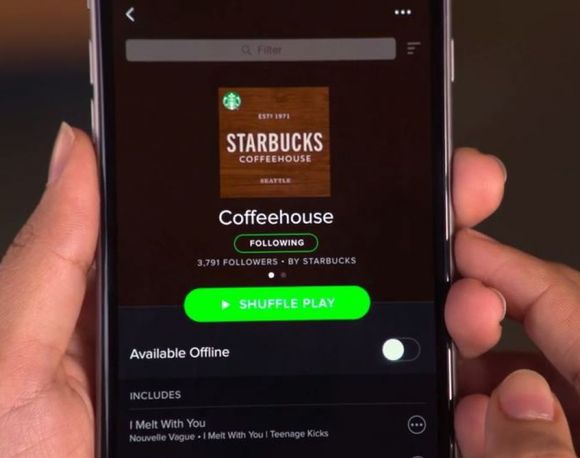Around 57% of shoppers use apps while in-store, and it seems pretty apparent there’s a strategy that can be carved out of that retail rock. How do you create in-store functionality within an app? Who’s doing it big in that world?
1. Store Mode:
Home Depot has done this, and Kroger was even doing a version back in late 2015. Let’s say you need a really specific type of nail (Home Depot) or sliced jalapenos (Kroger). You know how infuriating it can be to find these things when the store is vast and the signage is generic? Well, if you whip out your phone, the mobile experience relieves pain points. On Home Depot, for example, you can do voice search, image search, and barcode scan — and they’re going to get you to the exact aisle and bay. No more off-task discussions with retired former KPI warriors who needed a way to fill their days and like telling people where doorknobs are. No, head in phone and living that scan life. You good.
2. Mobile Pay:
Target does this well in-store, as do numerous other brands. Why should you need to fiddle with your cards and deal with that terrible EMV chip reader when you can simply scan your phone and pay? Making the in-store process as seamless as possible is key to driving more in-store visits.
3. App/Brand Partnerships:

How about the Starbucks-Spotify partnership? It’s all about that link between mobile loyalty and content. Spotify’s streaming is integrated with the beverage brand’s popular mobile loyalty program, My Starbucks Rewards, which boasts 10 million users, and enables customers to curate playlists for Starbucks stores. Plus: it’s logical. What are people mostly doing within a Starbucks?
4. Geolocation and deals:
Let’s talk about a semi-creepy story from a few weeks ago. I go to an Ashley Furniture to buy a couch with my girlfriend. We decide on one — during the process, I hadn’t opened my phone — and my girlfriend wants to buy the couch on a specific credit card for airline mile purposes, but she left that credit card at home. That’s about a 15-minute drive, so half-hour round trip. She goes to get it and I sit down on a bed at Ashley. Now bored, I open up some social app — think it was Facebook — and instantly get two different ads for Ashley. The first is generic, and then upon scroll, the second is for the exact bed I am sitting on at that moment. Now, I don’t think their geo-targeting was that good and the Occam’s Razor answer here is serendipity, but still. If someone is in-store and on-mobile, send them deals. I didn’t need a bed at that moment but I could have gotten that bed 35% off. I mean, damn.
5. Loyalty Information:
Where does my account stand? What does being loyal and in-store get me? Some deals? Some two-for-ones? That’d be nice. What’s the point of me being loyal and you having my data if you’re not using the data I give you to personalize the experience I have when I physically visit one of your locations?
Is it any wonder that only 1 in 5 consumers are happy with the level of personalization provided by their apps, meaning 4 in 5 would like it all done better? If someone in your loyalty ecosystem walks into a retail brick and mortar, they should be treated like a queen/king. Deals should be flowing.
What else have you seen in terms of in-app functionality for in-store visits? Comment Below.
